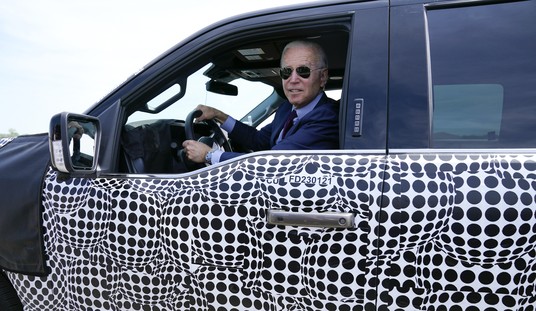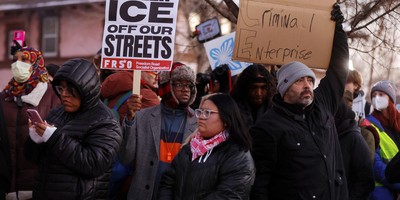School choice is one of those silent issues that can unite both sides of the political spectrum. According to Democratic polls, nearly 70 percent of Americans support school choice. Last week, the Franklin Center held a school choice conference in Alexandria, Virginia, where we were able to tour two schools involved in the movement. The first stop was Archbishop Carroll High School (ACHS) in Washington D.C.
The school has a total enrollment of 385 students in grades 9-12. It became a coed educational institution after it absorbed four Catholic high schools that closed in 1989. It was formerly an integrated all-boys school, which opened in 1951. Its original mission was to demonstrate that Catholics could be good civil servants, and loyal to the United States.
Archbishop Carroll has an incredibly diverse student body. Twenty-one percent of their students are from another country, or have a parent from another country. In all, 40 nationalities are represented in the high school classes. Seventy-six percent of students describe themselves as black, 19 percent say they’re biracial, and 13 percent are Hispanic. There are students from 63 different zip codes at the school, representing areas of Maryland, Virginia, and Washington D.C.
Twenty-seven percent of the students are Catholic, which is an increase from prior years. A little over 50 percent of students are involved in DC’s Opportunity Scholarship Program. They’ve been selected via a lottery system to attend a non-public high school.
All classes are college preparatory. Honors students have the ability to participate in the International Baccalaureate Diploma Programme, which allows students to obtain college credit; it’s similar to AP classes.
So, what are the results?
Recommended
Archbishop Carroll has seen a 5-year rate of improvement in all three sections of the SAT that’s double the rate of all DC public and private students for the past two years. In 2013, the graduating senior class saw college acceptances to 89 different institutions of higher learning, including Dartmouth, Georgetown, Spelman, Columbia, and the University of Maryland. In 2014, 98 percent of the senior class decided to apply to college and were accepted.
As for funding, ACHS receives 32 percent of its revenue from parents, 10 percent from archdiocesan scholarships, 22 percent from their own fundraising operations, and the remainder of the funds comes from the Opportunity Scholarship Program.
As we were shown around the school by a group of students, it certainly reminded me of my high school; classrooms were teacher-student driven. Engagement and discussion of the themes within the various studies was key to maximizing understanding. In one English class shown to us by Cameron Carter, one of our guides, Mr. Roberts was discussing themes within the book “Things Fall Apart” by Chinua Achebe; a story about a Nigerian tribesman whose life and society is forever altered by the arrival of Christian missionaries.
Like rapid fire, Mr. Roberts asked a series of questions relating to the chapters they were discussing, the day’s lesson totally dependent on student input.
As we left the class, Carter said that in his physics class, they have a test every Friday after lessons. He said application was key, and that it was a more hands on learning environment. As for classroom size, there is an 11:1 student to teacher ratio. All class sizes are capped, with the exception of band.
In the religion class, the teacher was once again dependent on student engagement. They were discussing the tenets of Judaism and asked to recite the points of the religion’s essence, which they nailed; it rests in belief in God and the Torah.
Just before Deacon Lee, their teacher, asked them to explain Deuteronomy, we had to leave in order to board the buses for our next stop: Achievement Prep.
Correction: The original post said that only 27 students at Archbishop were Catholic. I meant to say 27 percent. The post has been updated to reflect the changes.

























Join the conversation as a VIP Member